.jpg)
The Mountain and Me: Preparing for Pikes Peak
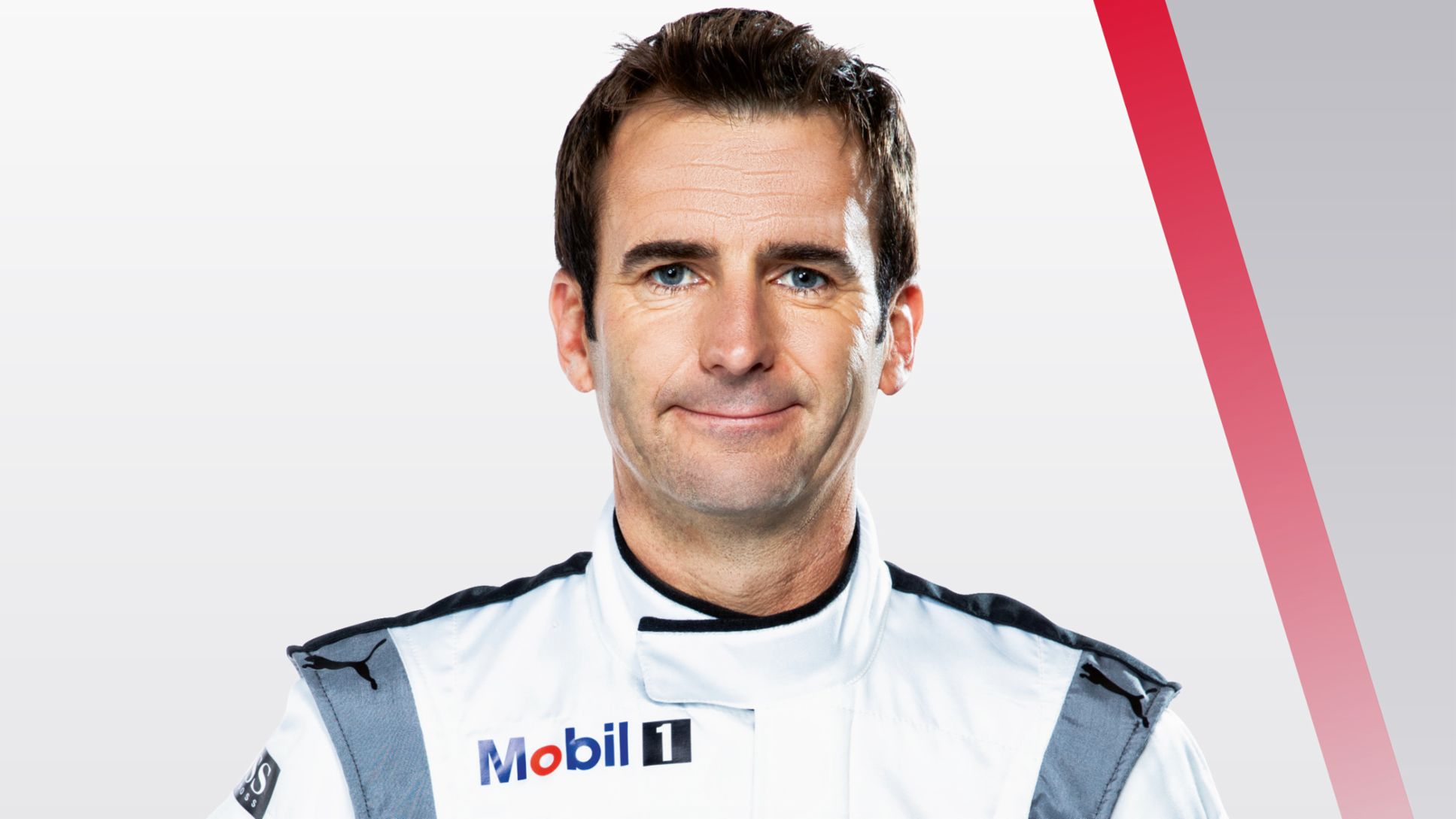


It was close to midnight when Romain Dumas picked up the phone in Morocco, on his way to the airport after testing the Ford Raptor T1+. The desert was quiet now; his schedule was not.
“This was the only time,” he said.
Of course it was. For a man whose life is measured not by hours but by races, time is simply the space between starting lines.
Dumas has raced Le Mans and won — three times. He has conquered Pikes Peak and rewritten the record books. He has driven electric demonstrator vehicles fast enough to feel, as he later said, “like flying.”
He has torn across rally stages, through forests and farmland and snow. And now, at 47, he is returning to the world’s great deserts, first to Mexico’s Baja 1000 this November, then to the towering dunes and wide horizons of the Dakar Rally in 2026, both with Ford.
That a single driver could chart such a course is unusual; that one could be competitive in all of them is nearly unheard of.
“I like to drive everything,” he says without irony. It is the simplest and truest expression of his career.
He is, in the richest sense of the term, a racer.
In a sporting world shaped by specialization — tight niches, narrow mastery — Dumas is something of a time traveler.
His résumé recalls the exploits of the great motorsport polymaths: Mario Andretti, the global standard; A.J. Foyt, the only driver to have won the Indianapolis 500, the 24 Hours of Le Mans, the Daytona 500, and the 24 Hours of Daytona; Vic Elford, who raced Formula 1, Le Mans, Targa Florio, and rally raids; Dan Gurney, whose Ford triumphs at Le Mans, in NASCAR and F1 remains mythic.
Like them, Dumas has refused to choose a lane. Instead, he has chosen all of them.
He grew up in Alès, a small city hugging the Cévennes mountains, the sort of place where driving feels genetic. As a child he raced karts, then single-seaters. But endurance racing became his canvas. He added victories across the 24 Hours of Le Mans, the 24 Hours of Spa, the Nürburgring 24 Hours, and the 12 Hours of Sebring.
Then came the mountain.
In 2014, he first attacked Pikes Peak International Hill Climb, the 12-mile, 156-turn ascent from forest to granite to sky. He won. In 2018, he took the overall record (which still stands). The past three years, he has raced with Ford in the SuperVan 4.2, the F-150 Lightning SuperTruck, and the Ford Mustang Super Mach-E, to three class wins and one King of the Mountain.
He has broken records all over the world, from the Hill at Goodwood to the highest elevation any land vehicle has been. This is perhaps what makes Dumas so suited to Ford’s ambitions: to bet on multifaceted thinking, people who can help translate lessons between race course and showroom.
.jpg)
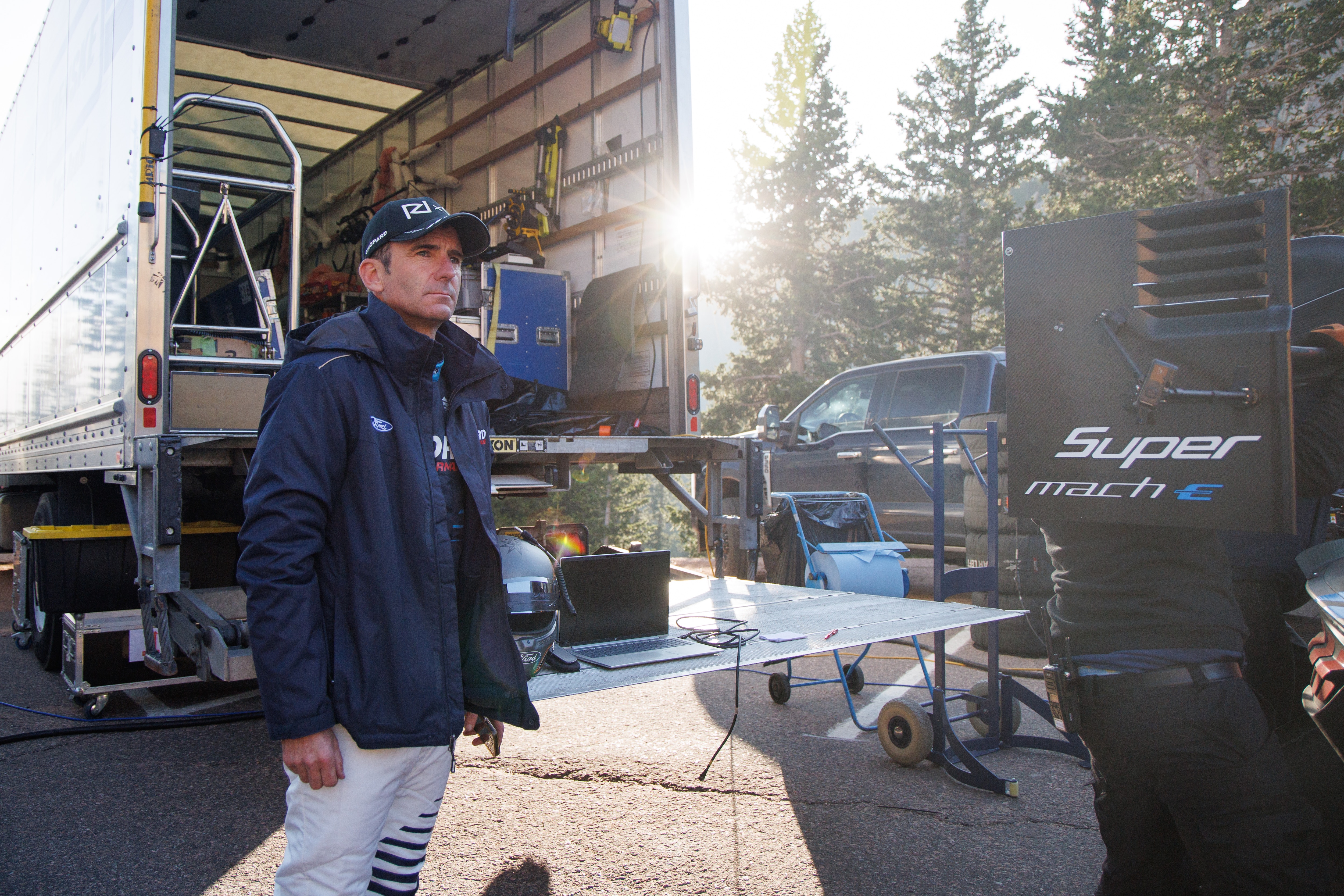
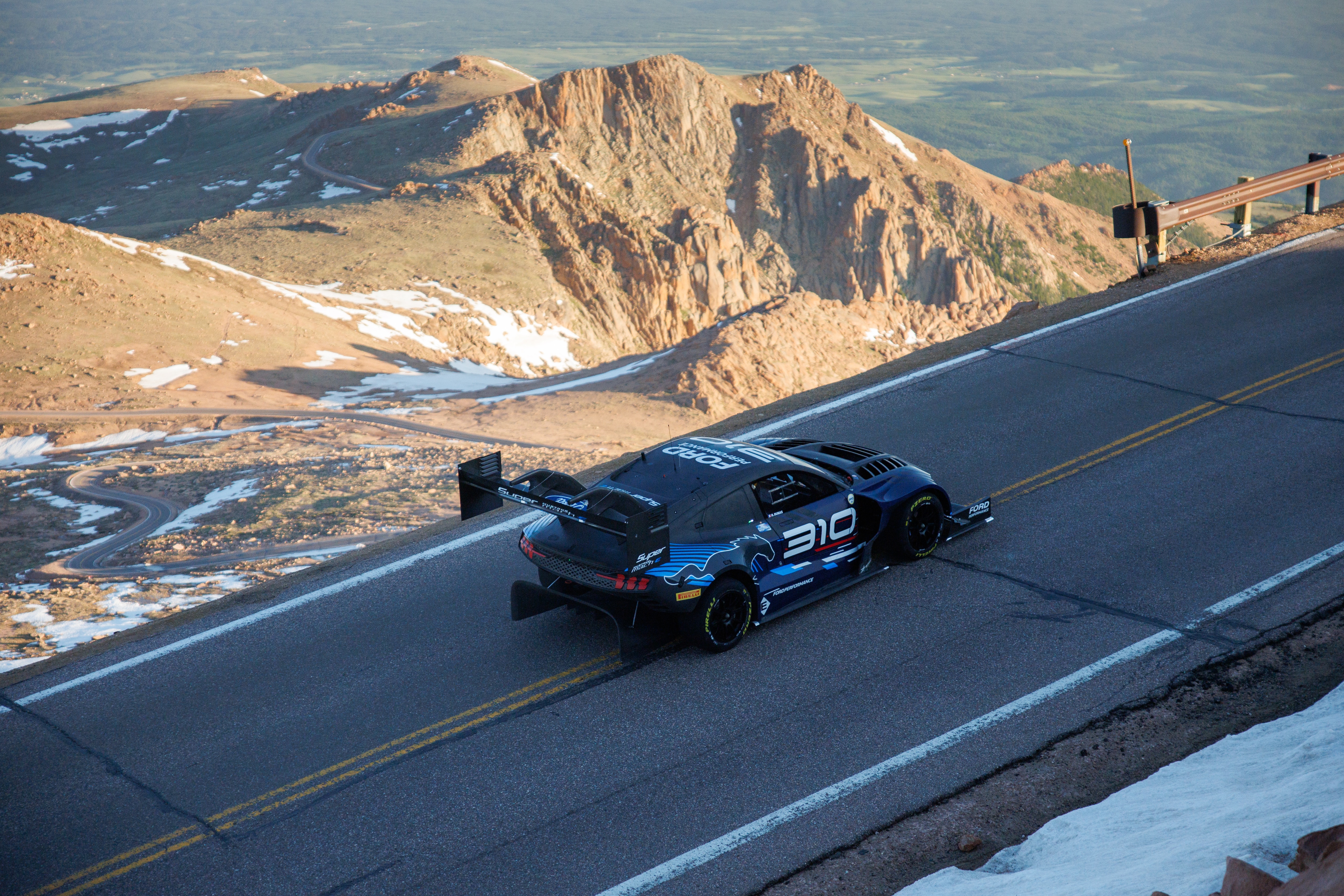
For someone who has collected nearly every discipline imaginable, the irony is that Dumas is still searching.
“Dakar is a challenge, personally,” he said recently. “Each year, I’m coming back because I want to improve. I’m getting faster and faster. The target is always to learn more.”
This winter will be his ninth time entering Dakar, a statistic that would carry weight with any rally-raid veteran. But Dumas is adamant that desert racing remains the realm where he feels least at home.
“To be fair, the one which is the most far away from what I’m used to is off-road,” he said. “I always say: normally I play tennis and ping-pong and badminton, but this one is very far away from that.”
On the face of it, this is absurd. Dumas has spent decades taming machines at the edge of possibility: vehicles pushing 200 miles per hour at Le Mans; electric beasts breaking the eight-minute barrier at Pikes Peak. By comparison, the Ford Ranger Raptor he’ll drive at Baja is a production vehicle with a steel body and license-plate roots.
And yet: “I feel again like I’m a rookie,” he said with a kind of joy in his voice.
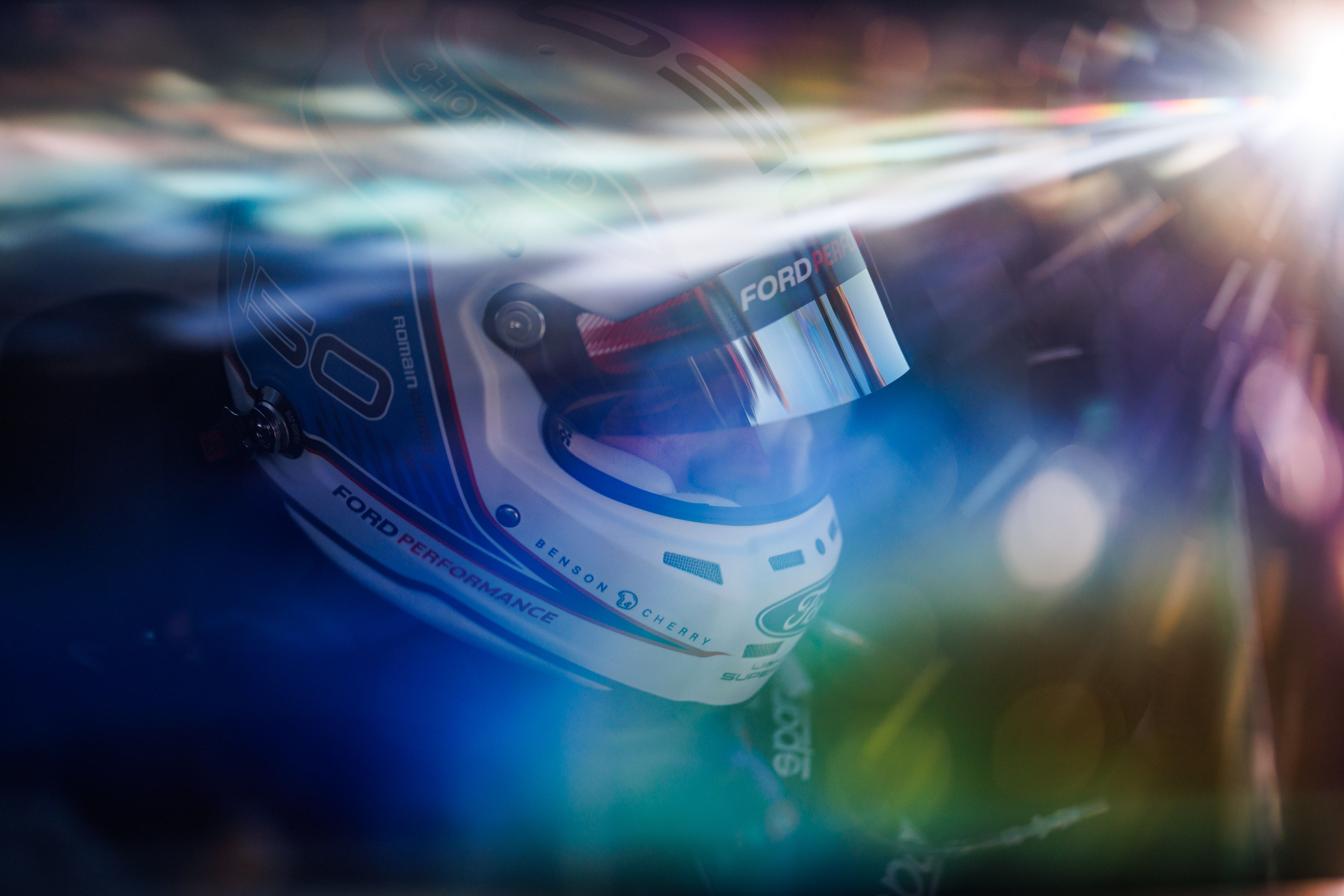
To hear Dumas tell it, his newest chapter came together quickly. “It's a late call to race at Baja,” he laughed. “We decided in September.”
That is, in the logic of elite motorsport, last-minute chaos. But to Dumas, that instability is part of the thrill.
He will first tackle the 2025 Baja 1000 in a Ranger Raptor, the competition-prepared version of the go-anywhere pickup Ford sells as every day drivers. He will run the opening leg and then hand over to teammates. He has tested once, no more, with Brad Lovell.
“My target is to do a clean job,” he says.
The Ranger is not his only charge. In Morocco, he is already preparing for Dakar behind the wheel of Ford’s Raptor T1+, a roaring V8 beast built specifically for rally-raid. Where the Ranger Raptor is relatable, the T1+ is extremity.
“One is a frame chassis … the other is a pure prototype,” he said. “You cannot give the same intensity to both cars.”
He speaks about the two machines the way a composer might discuss instruments: different registers, different languages. The Ranger demands calm. The T1+ demands precision in chaos. And both require something Dumas rarely encounters: a co-driver.
Endurance racing can be solitary even with three or four drivers sharing a car. Pikes Peak is monastic: eight minutes alone with gravity. But Baja and Dakar are different in that you are never alone. Sitting on your right is the person responsible not just for your pace, but your journey.
For Baja, he specifically requested an American co-driver, someone from the team, familiar with the desert and its specific language. He wanted a guide.
“It’s also why I decided to take some American people that know the place … to give me a speed to follow.”
The humility is striking. Few champions would openly admit the need to be led. Dumas states it easily. He is here to learn. The desert is his classroom.

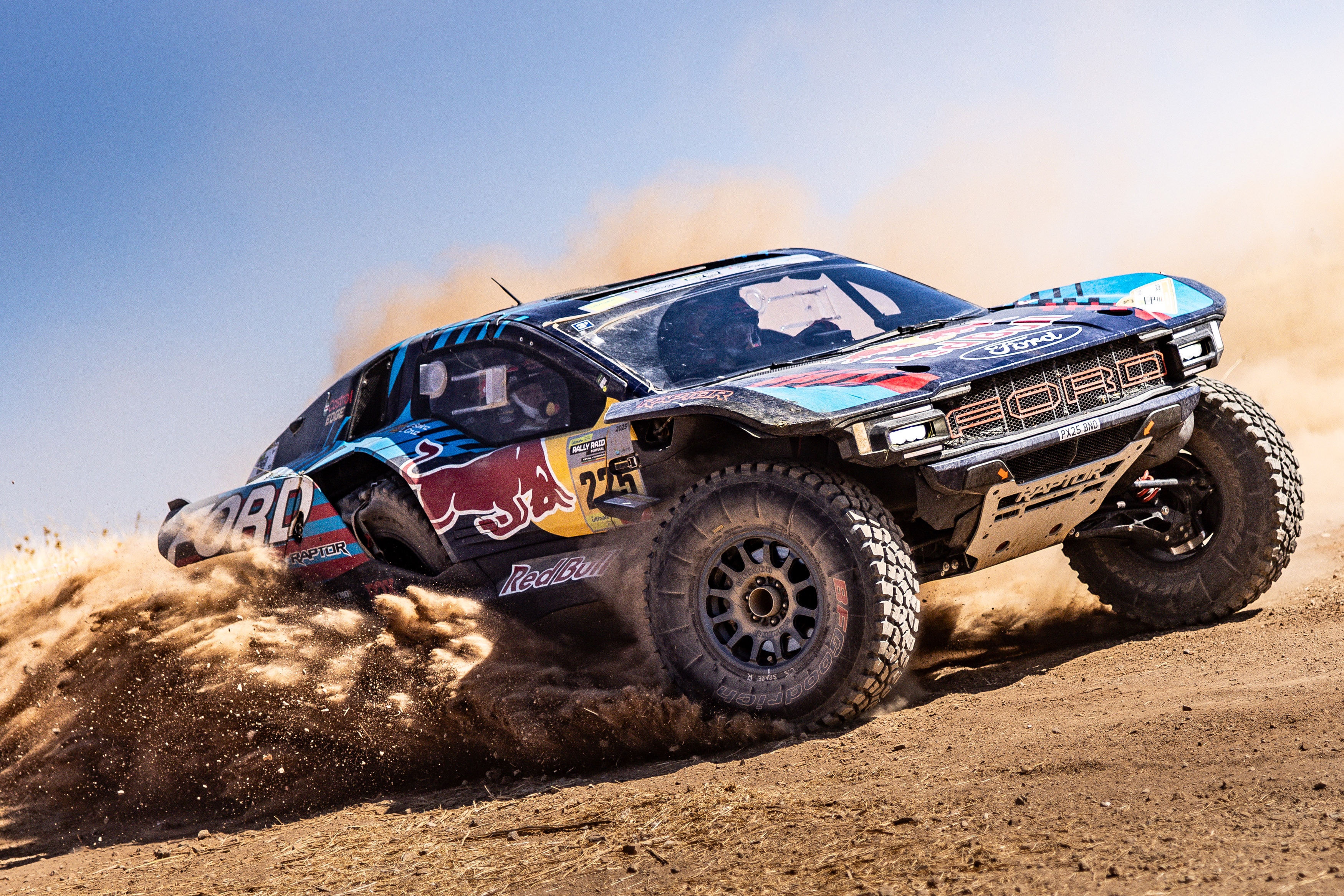
Racing - even elite racing - often comes with predictability. There are long practice days, test weeks, simulator sessions. In modern Le Mans, every scenario is mapped. The car, the track, the variables: all known.
With off-road, there's none of that.
“In Le Mans,” he said, “the question mark is small.”
Off-road? He laughed: “Full of question marks.”
This is the beauty and insanity of off-road. You enter the desert at dawn and re-emerge, if you’re lucky, at dusk. Anything could happen. Rocks, sand, storms, mechanical failure, a navigational error that sends you into nowhere. The route changes every day. The notes are cryptic. The assumptions? Few.
In this world, just finishing is the goal - even for legendary drivers like Dumas.
“It’s the most stressful,” he said frankly. “The most difficult to anticipate.”

It is easy to romanticize these career chapters - the French polymath learning the language of dust. But what Dumas is attempting is not subtle. To be competitive in Baja is hard. To be competitive in Dakar is harder still. To do both, in different platforms, at this stage of a career, is almost fictional.
Yet there is precedent.
Ford has always backed drivers who blurred categories. Andretti drove for Ford in Formula One. Dan Gurney gave Ford its first Le Mans win in 1967. Jim Clark took the Formula One and American open wheel world by storm.
There is kinship there: men who saw motorsport not as lanes, but as a spectrum.
Dumas sits comfortably in that lineage. He doesn’t revere specialization. He worships the act of racing itself.
It’s morning in Mexico, mid-November. Dumas hops into the Ranger Raptor.
He is a rookie again.
Not in talent, not in résumé, but in spirit - that rare willingness, even after decades of victory, to step into the unknown. The great racers, the enduring ones, share this trait. They chase the thing they haven’t yet mastered. And for Dumas, that thing is the desert.
Either way, he is at home. Because everywhere for him - the mountain, the circuit, the dunes - is the same place:
A starting line.
Kelsey Quartuccio writes about Motorsports for Ford Communications.